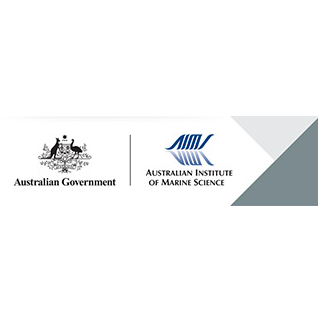Brief description
The beaches on the south-eastern corner of Groote Eylandt are significant nesting sites for the Gulf of Carpentaria stock of green turtles (Chelonia mydas). Green turtles are a culturally significant species to the Aboriginal Traditional Owners of Groote Eylandt (Anindilyakwa), with an Indigenous Protected Area (IPA) implemented around the Eylandt. The customary use of green turtle includes egg collection and hunting on land and in water. Previously, high green turtle track counts have been recorded at Amjakikba beach and its adjacent beaches near Dalumba bay, during October and November. In recent years, the Mamarika clan who have cultural responsibility for this area have raised concerns about the health of the green turtle population in this region due to perceived unsustainable harvest practices. As part of a collaborative project led by the Anindilyakwa Land and Sea Rangers (ALC Rangers), Mamarika Traditional Owners (TOs), the Australian Institute of Marine Science (AIMS) and Charles Darwin University (CDU), we conducted a 10-day turtle camp in October 2021 to collect information on the nesting frequency and post-nesting movement patterns of green turtles nesting at in the Dalumba bay region. This turtle camp included participation and contribution of 9 Rangers, 3 other ALC staff, 15 Traditional Owners and 3 AIMS/CDU research staff. During the 10-day camp, the team conducted nesting beach surveys on Amjakikba beach and 3 adjacent beaches. The surveys collected data on the number of turtles that came ashore to attempt nesting, and the number of nests laid. Ten healthy turtles were also tagged with satellite transmitters while ashore nesting to collect information on the area used near Dalumba bay during the nesting season and to document their migration away from the area at the end of the nesting season and identify the foraging areas. During the camp, the Rangers and TOs were trained by the researchers to conduct beach surveys, satellite tagging, and collect baseline information on nesting. The camp was an also an opportunity for the Rangers to develop their understanding of green turtle ecology and build their capacity to develop a long-term turtle monitoring program that engages with the community about sustainable turtle use. The beach surveys recorded 754 tracks across Amjakikba and three adjacent beaches over 10 days, of which 140 were confirmed to be nests (all but one were green turtle nests). This equated to nesting success of 18.5% which is relatively low. Nesting density on Amjakikba beach was 38.8 nests km-1, with an average of 4.82 (± 1.03 SE) successful nests laid per night during the camp. All but one of the satellite tracked turtles stayed within the Gulf of Carpentaria, with turtles spending 11 – 78 days around Dalumba bay before migrating to find foraging grounds. These foraging grounds were in the southern Gulf of Carpentaria and included Limmen Bight, Sir Edward Pellew Islands and Wellesley Islands. Only one of the ten tagged turtles did not travel to the southern Gulf, but rather migrated 2,236 km around the western side of the Gulf of Carpentaria to foraging grounds near Darwin. During the camp, the team worked with ALC Media to develop a documentary on the biology of green turtles, their links with Anindilyakwa culture and the importance of sustainable harvesting practices to ensure a healthy population on Groote Eylandt. Based on the findings of this study we provide some recommendations to Rangers and Traditional Owners to manage the nesting beaches and ensure healthy Green Turtle populations. These recommendations included seasonal closures of nesting beaches, harvest restrictions on adult female turtles and nests, collection of additional data on hatchling success, and the development of ongoing beach monitoring programs. The post-nesting movements of turtles highlighted the need for a regional approach for green turtle management, where Traditional Owner groups from Anindilyakwa, Marra, Yanyuwa, Numbulwar and southeast Arnhem sea countries should be central in decision-making and joint management with government agencies.Lineage
Maintenance and Update Frequency: notPlannedNotes
CreditAnindilyakwa Land Council
Modified: 17 10 2024
text: westlimit=135.47241210937503; southlimit=-16.246319993438693; eastlimit=137.77954101562503; northlimit=-12.85464890558895
User Contributed Tags
Login to tag this record with meaningful keywords to make it easier to discover
Nesting density and movement patterns of green turtles on Groote Eylandt
- global : 606f6db7-91f6-4b6b-841b-202e6db8fb7a


